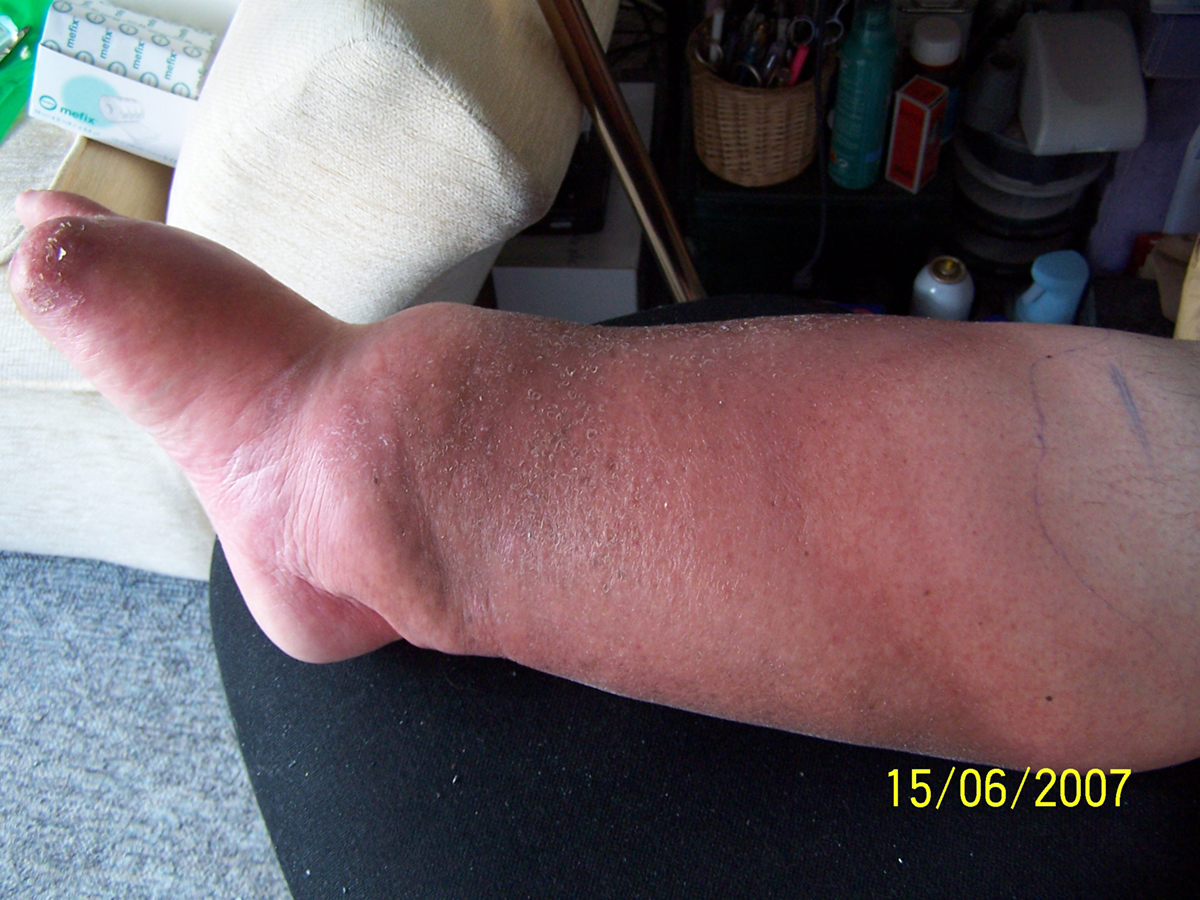
Cellulitis is quite frequent and potentially serious bacterial infection of connective tissue. It develops in a form of swollen, red area of the skin that is warm and tender to touch. In case it is neglected the infection progresses rapidly and may affect larger portions of the skin or even deeper tissues. It predominantly occurs on lower legs although any part of the body can be affected. The infection develops as a consequence of contamination of cuts or burns with bacteria. These microorganisms enter the skin and are responsible for the onset of the infection.
Causes of Cellulitis
There are many bacteria associated with cellulitis. In majority of cases the infective agent responsible for cellulitis is Staphylococcus aureus. Apart from being the leading culprit of the infections Staphylococcus aureus may be resistant to certain antibiotics that are routinely used in patients suffering from cellulitis. In such case the infection is treated only with antibiotics bacteria have not developed resistance to. Apart from Staphylococcus aureus cellulitis develops due to Hemophilus influenzae, group A or B Streptococcus and Pasteurella Multocida.
Clinical Characteristics of Cellulitis
The condition is typically characterized by with skin changes. The affected part of the skin is red, swollen, tender to touch and very painful. Apart from skin changes in more serious cases patients develop fever.The infection initially affects localized parts of the skin but it tends to spread further. The affected skin can also be covered with small red spots or blisters (not so common). In immunocompromised people the infection easily spreads and leads to general symptoms such as fever and chills, shivering and nausea.
Is Cellulitis Contagious?
Even though this is a bacterial infection cellulitis is not contagious. This means that infection cannot be spread from the infected person to other individuals. The infection affects deeper layers of the skin and bacteria are not localized superficially so they cannot be transferred from person to person.
Treatment for Cellulitis
Since cellulitis represents bacterial infection it is obvious that the basic treatment for cellulitis includes antibiotics. There are many antibiotics available and the doctor will choose the most appropriate one. It is essential to pay attention to allergy to medications and never prescribe antibiotic the patient is allergic to. Furthermore, since some of the infective agents are resistant to certain antibiotics doctor can choose one of the antibiotics the bacteria are sensitive to. The proper hygiene of the affected skin is a must.
If not treated properly cellulitis can cause certain complications. For example, bacteria may enter the deeper layers or even enter the bloodstream and spread throughout the body. There is also a chance of the disease recurrence and damage to the lymphatic drainage system and subsequent chronic swelling of the affected limb.

















Your thoughts on this
Loading...